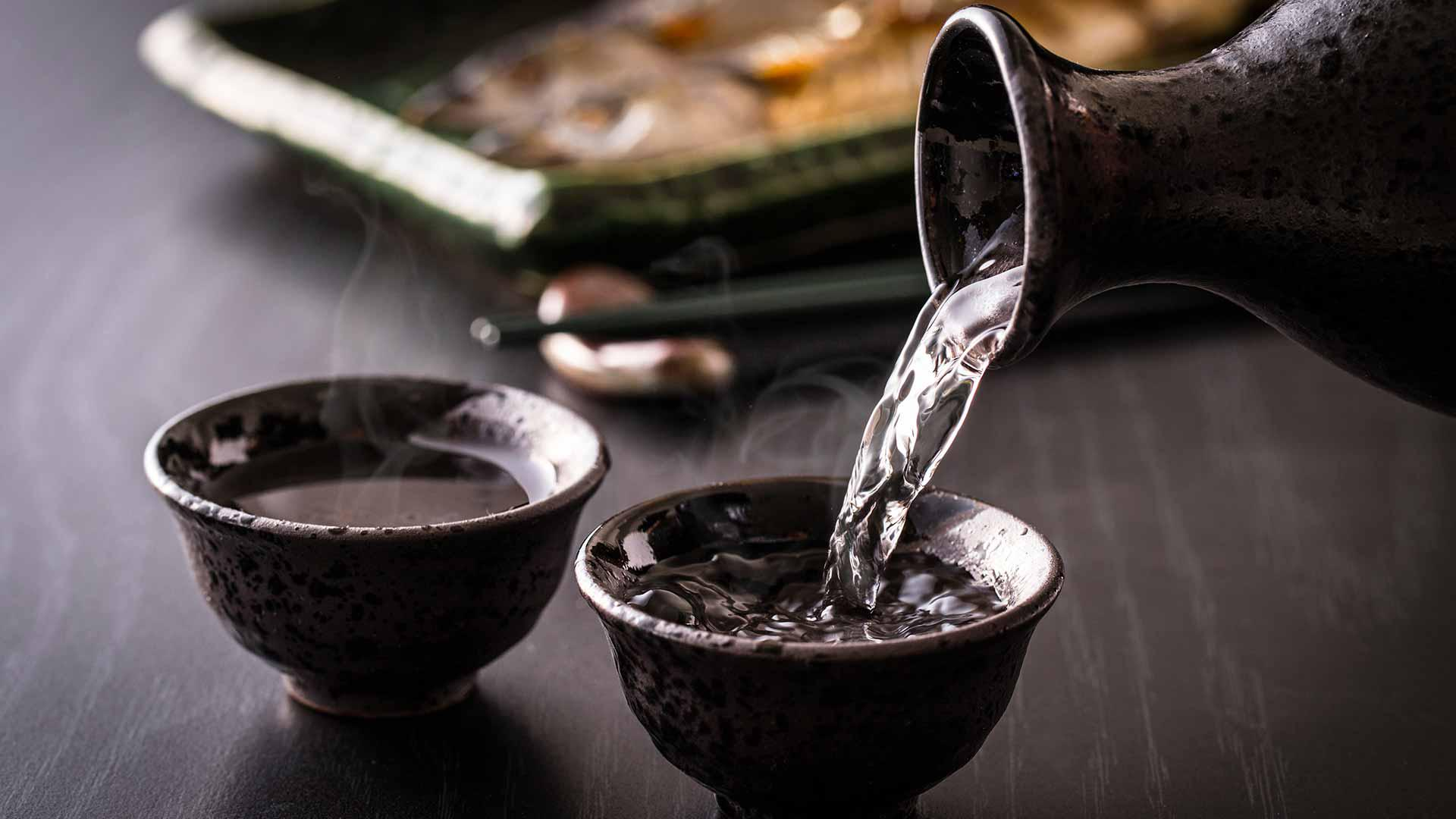Shochu and sake are two of Japan's most celebrated beverages, often mistaken for one another due to their clear appearance and shared heritage. However, they differ significantly in production methods, flavors, and cultural roles. Here's a concise guide to what sets them apart.
Sake: The Art of Fermented Rice
Sake, or nihonshu, is a fermented beverage made from rice, water, koji mold, and yeast. Its production is a refined process developed over centuries and deeply intertwined with Japanese culture.
Sake-Making Process:
- Rice Polishing: Rice grains are polished to remove outer layers, focusing on the starchy core. The polishing ratio (seimaibuai) affects flavor; more polishing yields a cleaner, more refined taste.
- Koji Preparation: Koji mold is added to steamed rice to convert starches into sugars, influencing the depth of flavor.
- Fermentation: Sake undergoes multiple parallel fermentation, where saccharification and fermentation happen simultaneously, creating complex flavors.
Flavor Profile:
Sake offers a spectrum of flavors from light and floral to rich and earthy, with notes of melon, apple, nuts, or umami. These nuances are influenced by rice variety and brewing methods.
Cultural Significance:
Sake holds a significant place in rituals and celebrations. Historic breweries like Kamoizumi in Hiroshima blend tradition with innovation, producing sakes that honor centuries-old practices while appealing to modern tastes.

Shochu: The Spirit of Distillation
Shochu is a distilled spirit originating from Kyushu, made from various base ingredients, each imparting unique characteristics.
Shochu Production:
- Ingredients: Common bases include sweet potatoes (imo), barley (mugi), rice (kome), buckwheat (soba), and brown sugar (kokuto).
- Distillation: Typically single-distilled in pot stills, preserving the distinct flavors of the base ingredient.
Flavor Profile:
Shochu's taste varies widely:
- Sweet Potato Shochu: Earthy and robust with floral and citrus notes.
- Barley Shochu: Light with subtle sweetness and toasty nuances.
- Rice Shochu: Smooth and clean, often compared to vodka but with more character.
Enjoyed neat, on the rocks, diluted with water, or in cocktails, shochu is versatile in serving styles.
Cultural Roots:
In regions like Kagoshima, shochu is central to social life. Distilleries such as Satsuma Shiranami emphasize local ingredients and traditional methods, reflecting the spirit's deep regional ties.

Key Differences: Sake vs. Shochu
| Aspect | Sake | Shochu |
|---|---|---|
| Type | Fermented rice beverage | Distilled spirit |
| Main Ingredients | Rice, water, koji mold, yeast | Sweet potatoes, barley, rice, etc. |
| Production Method | Multiple parallel fermentation | Single distillation |
| Alcohol Content | Typically 15–17% ABV | Generally 20–25% ABV |
| Flavor Profile | Fruity, floral, earthy, umami | Varies: earthy, sweet, nutty, or clean |
| Serving Temperature | Chilled, room temp, or warmed | Neat, on the rocks, diluted, or in cocktails |
| Cultural Role | Ceremonial, festivals, rituals | Everyday drinking, social gatherings |
How Production Shapes Character
- Fermentation vs. Distillation: Sake's fermentation brings out delicate, complex flavors influenced by yeast and koji. Shochu's distillation concentrates the essence of its base ingredient, resulting in a more pronounced taste.
- Ingredients Matter: In sake, rice type and polishing affect purity and flavor nuances. For shochu, the base ingredient dramatically defines the spirit's profile.
Enhancing Your Experience
- Food Pairings: Sake pairs well with sushi and light dishes, enhancing subtle flavors. Shochu complements grilled meats and hearty stews, standing up to bold tastes.
- Serving Styles: Experiment with sake at different temperatures—warmth enhances umami, while chilling brings out crispness. For shochu, try it neat, diluted with water, or mixed in cocktails to explore its versatility.
Tradition Meets Innovation
Both spirits continue to evolve:
- Sake Innovations: Breweries are experimenting with unpolished rice and new yeast strains that produce tropical fruit aromas, appealing to contemporary palates.
- Shochu Trends: Barrel-aged shochu is gaining popularity, maturing in oak casks to absorb flavors akin to whiskey and attracting new enthusiasts.
A Final Sip
Discovering the differences between sake and shochu enriches your experience, connecting you to Japan's rich traditions and the artisans dedicated to their craft. Whether you're sharing with friends or exploring on your own, these iconic spirits offer a rewarding journey into the heart of Japanese culture.
For those interested in discovering more about sake, Rairaku Daiginjo and Sakaya Hachibe Junmai are great places to start. Rairaku Daiginjo offers the clean, refined taste that comes from careful rice polishing, while Sakaya Hachibe Junmai highlights the depth and richness of traditional Junmai brewing.
